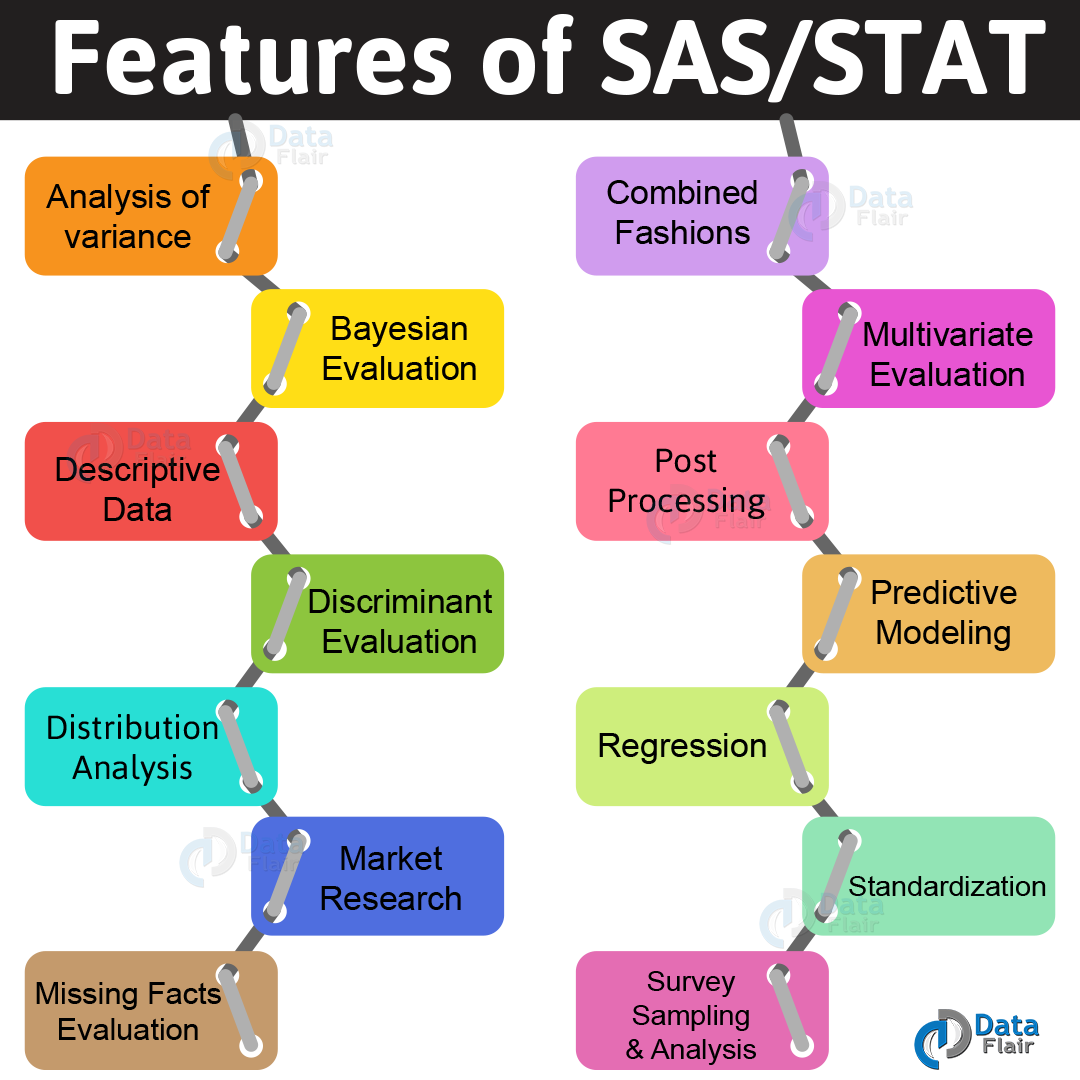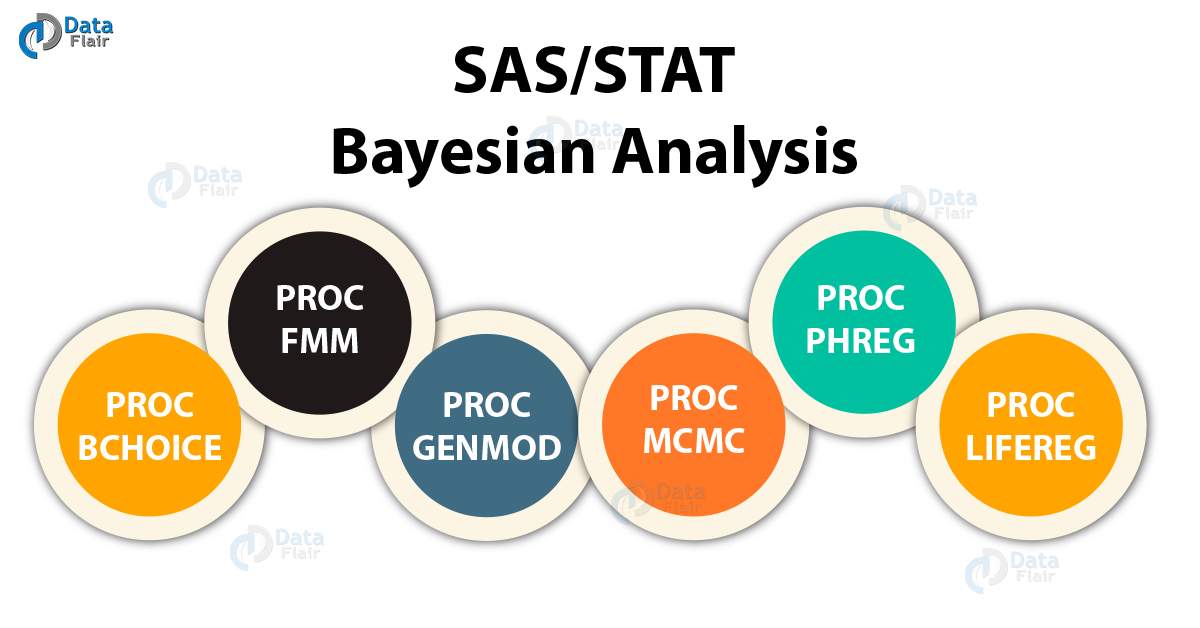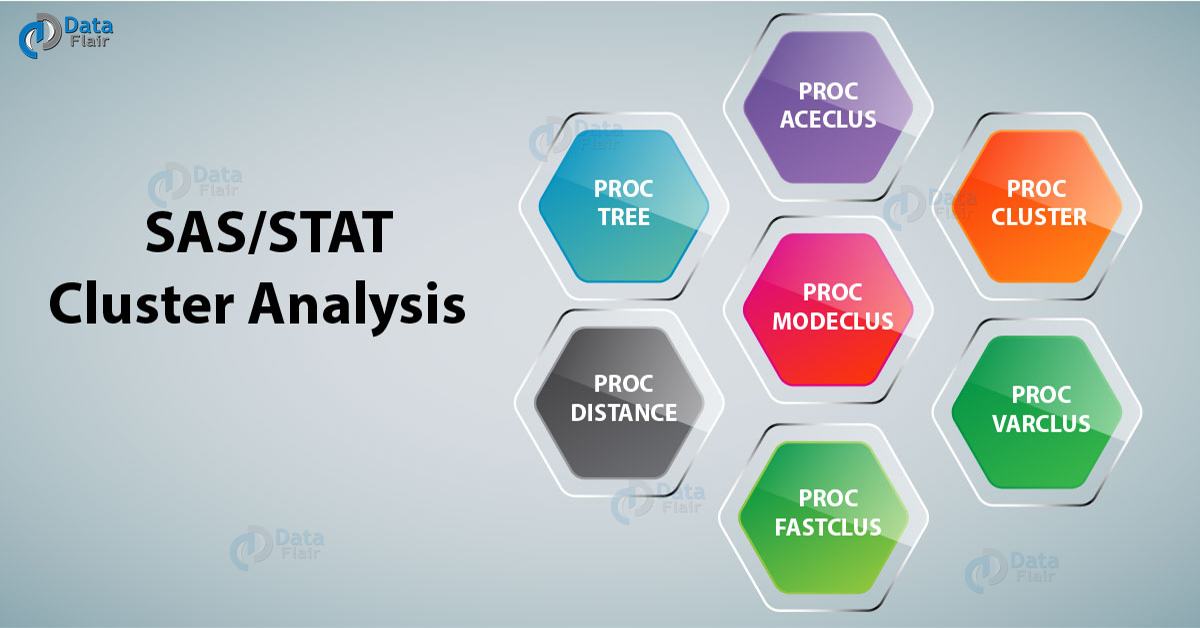30 Top SAS STAT Interview Questions – Prepare Yourself
FREE Online Courses: Your Passport to Excellence - Start Now
SAS-STAT Interview Questions
We saw a comprehensive understanding of what is SAS STAT, it’s procedures, how to create programs and different operations associated with it. Now we will cover some of the important and most frequently asked “SAS-STAT Interview Questions”. These SAS-STAT Interview Questions and Answers help both fresher/beginners and experienced/professionals.
So, let’s begin Best SAS-STAT Interview Questions and Answers.
Mostly Asked SAS-STAT Interview Questions
Here, we will help freshers & experience professionals to face SAS interview with these simple SAS-STAT interview questions with answers.
Q1. What is SAS STAT?
SAS/STAT is one of the many products presented by using the SAS gadget that’s fully incorporated and that gives large statistical competencies that meet the desires of a whole corporation.
SAS/STAT software affords tools and processes for statistical modeling of records, as an example, analysis of variance, linear regression, predictive modeling, statistical visualization strategies and lots greater. The software program meets the analytical needs of both specialized and organization-huge issues.
Q2. What are the features of SAS STAT?
SAS STAT is the quality platform that you can choose. for the reason that it is loaded with many benefits, you may enjoy capabilities along with:
Let’s explore more SAS/STAT Features in detail
Q3. What are the advantages of using SAS STAT?
- You may observe the modern-day statistical strategies. With every new update, SAS STAT brings its users a ramification of recent manner to fulfill marketplace requirements.
- The dimensions and type of facts isn’t always a barrier.
- SAS/ STAT software has graphs like field plots, scatter plots, bar charts and all are customizable to assist users in the better analysis.
- You can take advantage of SAS technical aid and internet consumer groups.
- Use tested and verified methods in statistics.
- Expansive library of equipped-to-use statistical procedures.
- Fantastically interpretable statistical output.
- Comprehensive documentation and training.
- Go-platform guide and scalability.
- Simplify with a single surrounding.
Q4. What are the uses of SAS\STAT?
SAS\STAT software affords tools for an extensive kind of packages in commercial enterprise, authorities, and academia. foremost uses of SAS are a financial evaluation, forecasting, economic and financial modeling, time series analysis, economic reporting, and manipulation of time collection facts.
Q5. What is ANOVA?
Analysis of Variance (ANOVA) in SAS Programming Language is used for evaluating way of various organizations. However, it based on a concept of “resources of Variance”. It has three variances – standard variance, variance because of organizations, and variance inside agencies.
Q6. What are the procedures offered in SAS STAT for performing ANOVA?
PROC ANOVA
PROC CATMOD
PROC GLM
PROC INBREED
PROC LATTICE
PROC NESTED
PROC PLAN
PROC TTEST
Read more about SAS/STAT ANOVA in detail
Q7. What are the two required statements while using PROC CATMOD?
The PROC CATMOD and MODEL statements are required.
Q8. What is the PROC GLM procedure in SAS/STAT and what is its syntax?
The PROC GLM suits linear models the usage of the approach of least squares. SAS PROC GLM handles models through touching on one or numerous continuous established variables to one or numerous independent variables. It has statistical methods like regression, evaluation of variance, evaluation of covariance, multivariate evaluation of variance, and partial correlation.
PROC GLM dataset; CLASS variables; MODEL ;
Q9. Which procedure in SAS STAT can be used for analysis of variance on random effects for data?
PROC NESTED can be used for this type of data. The PROC NESTED procedure in SAS/STAT performs analysis of variance on random outcomes for data from an experiment that has a nested (hierarchical) shape. SAS PROC NESTED is suitable for models with only class effects, it does no longer deal with fashions that include continuous covariates.
Q10. What is Bayesian analysis?
SAS/ STAT Bayesian Evaluation is a statistical technique that helps us in answering research questions on unknown parameters the usage of chance statements.
SAS-STAT Interview Questions For Beginners. Q- 1,2,3,4,5,9,10
SAS-STAT Interview Questions For Professional. Q- 6,7,8
Q11. What are the procedures offered in SAS STAT for performing the Bayesian analysis?
PROC BCHOICE
PROC FMM
PROC GENMOD
PROC MCMC
PROC PHREG
PROC LIFEREG
Let’s discuss the concept of SAS/STAT Bayesian Analysis Procedures in detail
Q12. How can we fit statistical models in SAS STAT?
The PROC FMM system in SAS/STAT software suits statistical models to statistics for which the distribution of the response is a finite combination of distributions—that is, each reaction is drawn with an unknown opportunity from certainly one of several distributions.
Q13. What does the OUTPOST= option in the GENMOD procedure do?
The outpost = option saves samples (posterior) to the POST dataset for post-processing.
Q14. What is the syntax for the PROC MCMC procedure?
PROC MCMC dataset; PARMS <list of parameters>; PRIOR <type of distribution of each parameter>; MODEL <variable used as likelihood>;
Q15. What is the PROC LOGISTIC procedure used for in SAS STAT and what are the required statements in it?
The PROC LOGISTIC process in SAS/STAT plays a logistic regression of statistics. The LOGISTIC technique suits linear logistic regression models by way of the method of maximum probability.
The PROC LOGISTIC and model statements are required statements.
Q16. Explain the use of each statement in the below syntax.
PROC PROBIT dataset; CLASS <dependent variables>; Model< dependent variables>= <independent VARIABLES>;
The DATA= option specifies the dataset that will be studied.
The PLOTS= choice within the PROC PROBIT statement, collectively with the ODS graphics announcement, requests all plots (due to the fact all has been specified in brackets, we will pick out a selected plot also) for the anticipated opportunity values and peak ranges.
The model statement prepares a response between a structured variable and impartial variables. The variables top and weight are the stimuli or explanatory variables.
The new dataset is created by OUTPUT statement. For example, ABC, that contains all the variables of the original data set, and a new variable, PROB that represents possibilities.
Q17. What are the different plot options that can be specified with the PLOT= option in the PROC PROBIT procedure?
The different plot options that can be specified with PLOTS= option are-
- CDFPLOT
- IPPPLOT
- PREDPLOT
- LPREDPLOT
- ALL
- NONE
Q18. What is a cluster and what is a cluster analysis?
Cluster analysis is a discovery device that reveals institutions, styles, relationships, and structures in hundreds of facts. in this, cases, data, or gadgets (activities, humans, matters, and so on.) are sub-divided into organizations (clusters) such that the gadgets in a cluster are very comparable (but now not identical) to one another and really distinct from the items in different clusters.
Q19.What are the different procedures offered by SAS STAT for cluster analysis?
PROC ACECLUS
PROC TREE
PROC MODECLUS
PROC CLUSTER
PROC DISTANCE
PROC FASTCLUS
PROC VARCLUS
Read SAS/STAT Cluster Analysis in detail
Q20. What is the difference between the PROC ACECLUS and PROC CLUSTER procedures?
PROC ACECLUS outputs a fact set containing canonical variable scores to be used in the SAS/STAT cluster analysis while A PROC CLUSTER shows a history of the clustering technique, displaying information beneficial for estimating the number of clusters in the population from which the data are sampled.
SAS-STAT Interview Questions For Beginners. Q- 12,15,17,18,20
SAS-STAT Interview Questions For Professional. Q- 11,13,14,16,19
Q21. What does the PROC DISTANCE in SAS STAT do?
The PROC DISTANCE process in SAS/STAT is used to degree exclusive measures of distance, dissimilarity, or similarity among the rows (observations) of an enter SAS information set, that could contain numeric or person variables, or each.
Q22. What do the POPULATION and REFERENCE statement in the PROC STDRATE procedure signify?
The PROC STDRATE declaration within the STDRATE manner calls the procedure, names the statistics sets specifies the standardization approach, and identifies the statistic for standardization.
the specified populace assertion specifies the price or risk information in observe populations, and the REFERENCE announcement specifies the rate or danger facts in the reference populace.
Q23. What is the Kernel Density Estimation technique?
The kernel density estimation method is a way used for density estimation in which a regarded density feature, referred to as a kernel, is averaged throughout the records to create an approximation.
Q24. What is the use of the UNIVAR and BIVAR statement inside the PROC KDE procedure?
The UNIVAR statement inside the PROC KDE procedure performs a univariate kernel density estimates and further, the BIVAR statement computes bivariate kernel density estimate.
Q25. What is group sequential design and analysis?
The organization sequential layout affords unique specs for a collection sequential trial. similarly to the standard specifications, it gives the overall variety of tiers (the quantity of period in-between ranges plus a very last degree) and a preventing criterion to reject, accept, or either reject or receive the null hypothesis at each period in-between stage. It also affords vital values and the sample size at each level of the trial.
Q26. What are the procedures for group sequential design and analysis?
PROC SEQDESIGN and PROC SEQTEST are the two procedures.
Q27. What are the steps involved in group sequential trial?
- Specify the statistical info of the design
- Compute the boundary values
- Gather additional information
- Evaluate the take a look at statistic with the corresponding boundary values.
Click here, to know more about SAS/STAT Group Sequential Design and Analysis
Q28. What is longitudinal data?
Longitudinal data arises when you measure a reaction variable of hobby multiple numbers of instances on more than one subjects. for that reason, longitudinal data has the traits of each cross-sectional facts and time-series statistics.
Q29. What are the two approaches for modeling longitudinal data?
they’re marginal models (additionally called populace-common models) and blended fashions (additionally referred to as situation-specific models).
Let’s Explore SAS/STAT Longitudinal Data Analysis Procedures
Q30. What is the syntax for the PROC GEE procedure and also mention required statements?
PROC GEE DATASET CLASS <variable>; MODEL response= effects <options>; REPEATED subject=subject effects/<options>;
The PROC GEE, MODEL, and REPEATED statements are required.
SAS-STAT Interview Questions For Beginners. Q- 21,22,24,25,26,27,28,29
SAS-STAT Interview Questions For Professional. Q- 23,30
So, this all about SAS-STAT Interview Questions and Answers. Hope you like our explanation.
Conclusion
Hence, we have studied the detailed list of latest SAS-STAT Interview Questions and the best possible answers. Thus, we really hope these SAS-STAT Interview Questions will help you to understand the nature of SAS/STAT. Although, if you want to ask any query regarding SAS-STAT Interview Questions, feel free to ask in the comment section.
If you are Happy with DataFlair, do not forget to make us happy with your positive feedback on Google






